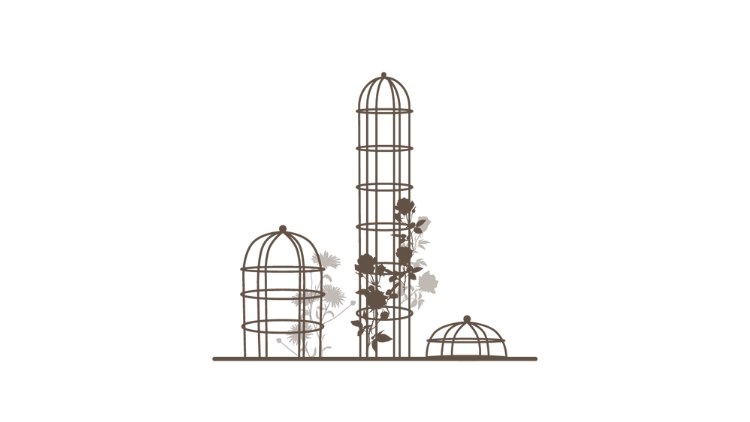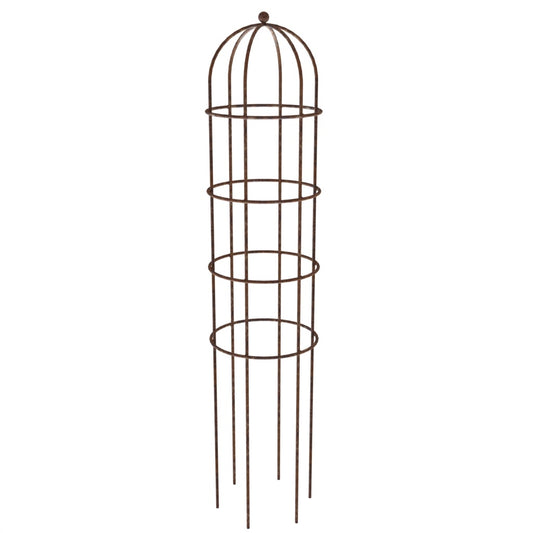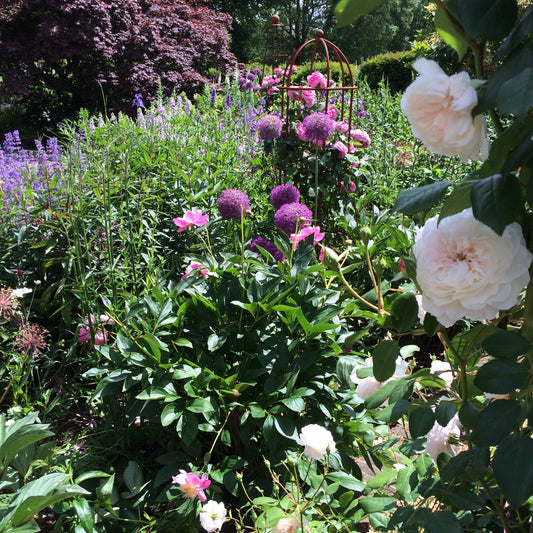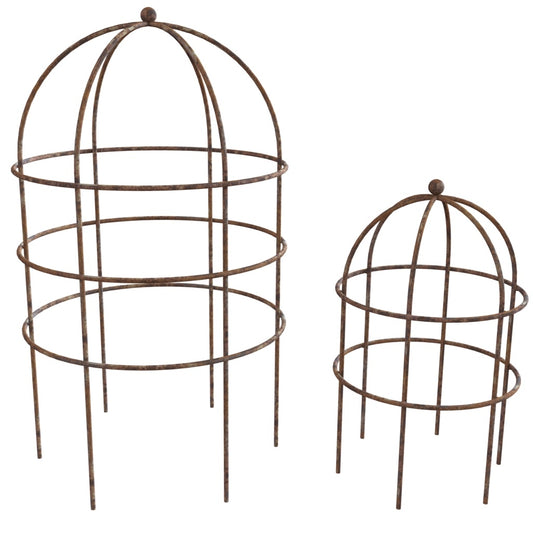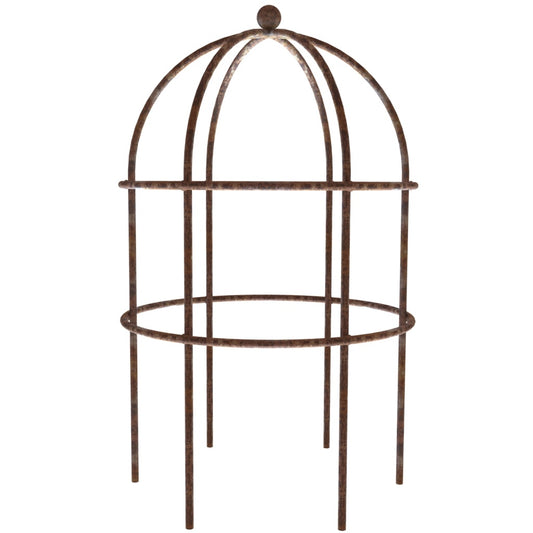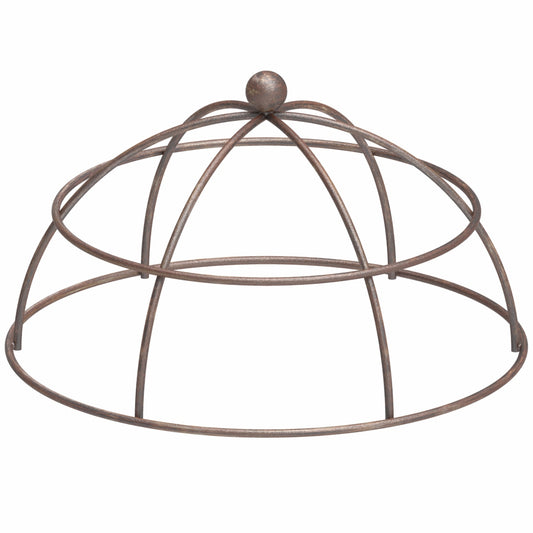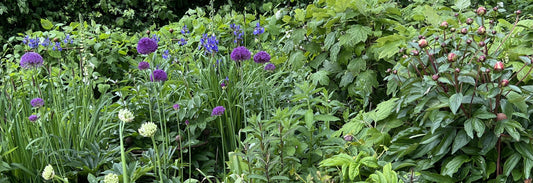-
Clematis & Rose Cages - Spring & Easter Savings 20% off The Collection at Checkout
Regular price From £401.50 GBPRegular priceUnit price per£365.00 GBPSale price From £401.50 GBP -
Lobster Pots - Spring & Easter Savings 20% off The Collection at Checkout
Regular price From £291.50 GBPRegular priceUnit price per -
Lobster Pot Tops
Regular price From £121.00 GBPRegular priceUnit price per

Lesley Ann's Tip
FAQs
What is the best support for roses?
How do you keep roses standing up?
What should you not plant around roses?
How do I keep roses plants from falling over?
How do you encourage roses to climb?
Looking for something else?
Head back to view all of our collections to see if we can get the right product for your garden.

